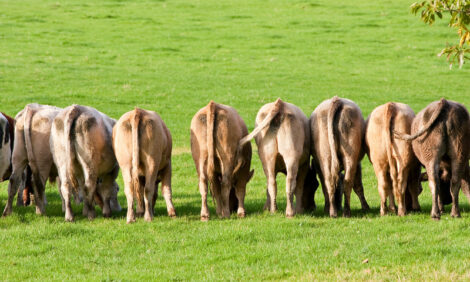



Milking the consumer
SOUTH AFRICA - If the consumer pays between R5 and R6 for a litre of milk in the shops, how much should the farmer get? The milk industry is currently under investigation by the competition authorities, who are focusing on the price build-up between farmer and consumerA range of measures is apparently used to reduce surpluses, such as competitors taking turns to dispose of excess milk. Surpluses may be exported or turned into milk powder or cheese.
The result is that the processors, who act as middlemen between producer and consumer, appear to take the largest gulp of the milk price, about R2 a litre, according to industry sources. This compares with about R2,10 a litre paid to the farmer -- whose costs amount to R1,70 -- while about R1,20 is taken by the retailer.
Processors pump milk into milk tankers and take it to their processing plant where it is pasteurised and homogenised before being bottled.
Milk Producers Organisation chief executive Alwyn Kraamwinkel said about 50 processors account for the bulk of milk processing, while another 250 account for about 20% of the market. A Marketing Council study reported that the four largest dairy companies processed between 74% and 78% of the total delivered to dairies.
The fact that there are many farmers and few processors has caused several commentators to observe that milk buyers operate in an oligopolistic market.
In February 2005 the Competition Commission began to investigate whether the dominant milk processors abused their position in the market to keep dairy farmers’ prices down.
The investigation was prompted by the fact that farmers had not seen an increase in the milk price in five years, despite increases in the retail price of milk.
The recent milk shortage has been attributed to factors such as seasonal differences, high world prices and rising meat and maize prices. Retailers have been quick to assure consumers that the milk shortage means certain brands and container sizes are not always available bwut that milk will always be on the shelves.
Source: Mail & Guardian Online


